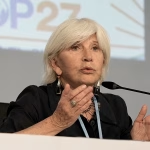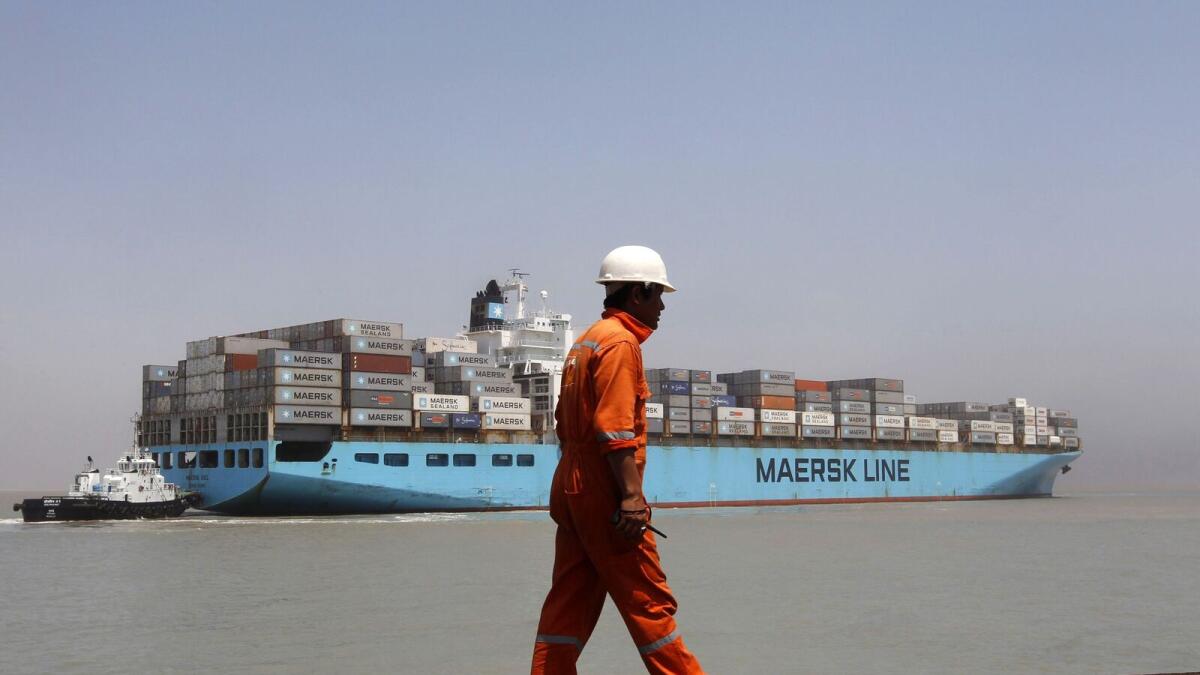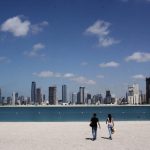The India-UAE leg of the $20 billion transcontinental India-Middle East Europe Economic Corridor (IMEC) is set to begin with a digital platform to exchange information between ports of the two countries. This initiative aims to connect ports from both countries and enhance trade efficiency, likely to be operational within the first 100 days of Modi 3.0. The digital platform will streamline vessel, voyage, and cargo-related procedures between India’s western coast ports and those in the UAE, improving operational efficiencies and simplifying compliance requirements.
The IMEC, an ambitious 4,800 km long route consisting of railroads, ship-to-rail networks, and road transport routes, was announced in September 2023 during the G20 Summit in New Delhi. It aims to increase efficiency, reduce costs, secure regional supply chains, increase trade accessibility, generate jobs, and lower greenhouse gas emissions, transforming integration among Asia, Europe, and the Middle East. Although viewed as a counter to China’s Belt and Road Initiative, the IMEC has a relatively limited scale and scope.
An essential element of the IMEC strategy is the seamless movement of cargo from Indian ports to destinations like Haifa in Israel, with common port and customs documentation across countries and standardised equipment and containers in all ports and dry docks. Construction of missing rail links in Saudi Arabia and Jordan will be necessary to ship goods from Indian ports to Haifa within 48 hours. The development of a mega port at Vadhavan in Maharashtra is also part of the project for efficient operations.
India and other partners have high hopes for the IMEC, with analysts hopeful for its success despite potential delays due to the Middle East crisis. The estimated cost of the project is around $20 billion, and plans suggest focusing on the trade corridor now and completing the rest later. The India-UAE leg is expected to be the first to receive attention, providing economic promise for India through its large diaspora in the Middle East and positioning the country strategically in the Indian Ocean and beyond.
The IMEC project holds economic promise for both India and its partner countries through sustainable and inclusive economic growth. It will create new trade routes and facilitate increased trade between India, the Middle East, and Europe, opening up opportunities for export markets and foreign investment in the UAE and Saudi Arabia. The corridor will consist of two components: the east corridor connecting India to the Arabian Gulf, and the northern corridor linking the Gulf to Europe with railway lines for reliable and cost-effective cross-border transport.
Overall, the IMEC aims to strengthen trade relations between India, the UAE, and other partner countries, enhancing economic cooperation and generating growth and opportunities for all stakeholders involved. By emphasizing trade, energy sources, and strategic positioning in key regions, the project seeks to transform integration and connectivity among Asia, Europe, and the Middle East. With a focus on efficiency, cost reduction, and sustainability, the IMEC is poised to bring significant economic benefits and opportunities for India and its partner countries.











